A recent piece of malware that a lot of users have been complaining about is a rogue app called Traw Dapp. According to my research, it shares common characteristics with other malware I’ve covered on HowToRemove – rogue programs like Disoaq App and Rotq App. All of them belong to the adware category and, as such, they tend to spam the user with aggressive advertisements, browser redirects, and misleading pop-ups.
One of the biggest problems with Traw Dapp is that it will likely display notifications that resemble legitimate malware warnings. These notifications can appear even when the browser’s not open, which can make the user believe them and interact with them. Doing so, however, is exactly what you shouldn’t do because the adware might land you on some phishing page or trick you into downloading malware onto your PC.

Naturally, the best solution if you have Traw Dapp in your system is to remove it, but doing so manually can prove challenging if you aren’t experienced enough. For this reason, I’ve prepared a detailed guide on how to handle this malware that you can find right below.
Traw Dapp Removal Steps
I’ve constructed this guide to move from easier to more advanced steps. The steps you’ll see next may or may not allow you to get rid of everything, but they serve as a solid starting point, so I strongly recommend you start here before moving on to the more complex stuff.
- Open up your Start Menu and type in “Apps & Features.” This will show you everything that’s installed on your computer.
- Sort the list by Install Date. This way, you can see what’s been added recently.
- Keep an eye out for anything labeled Traw Dapp or any app that looks… off. Weird names, generic icons, stuff you don’t remember downloading. That’s your target.
- If you spot something shady, click Uninstall and follow the prompts.
- But don’t stop there. Scroll through the list again. Malware loves company, so check for any other odd apps and remove those too.
- Once you’ve done that, head over to where these apps were installed (if you know the location). Sometimes, uninstallation leaves behind leftovers. Go dig around and delete any folders or files related to Traw Dapp.
As I said, these quick steps might not solve everything, so you may need to move on to the advanced steps below in case the malware is still in your system. Don’t worry, though, this is to be expected and I have just the solution.
SUMMARY:
Important! Read Before Continuing
The guide below is somewhat lengthy and does require some personal judgment at certain steps, so if you don’t feel confident or lack the time to go through it all, I suggest opting for SpyHunter 5. This is a powerful anti-malware tool available on this page that can solve the Traw Dapp problem for you in a matter of minutes and without requiring you to perform any complex actions.
How to Remove the Traw Dapp Virus
There are two things you’ll need first to be able to successfully deal with this malware. If you don’t ensure these prerequisites are met, you may be unable to find and delete everything linked to Traw Dapp, which could allow the malware to reinstall itself.
- First, download a free tool called LockHunter. This thing is a lifesaver. If you’ve ever tried to delete a file and Windows gave you that annoying “This file is in use” error, LockHunter smashes right through that. Install it. Trust me.
- Next, we need to reveal what’s lurking in the shadows. Open the Start Menu, type in “Folder Options”, and hit the View tab. Find “Show hidden files, folders, and drives” and turn that on. Don’t forget to click Apply and OK. Malware loves hiding in plain sight, but now we’re turning on the lights.
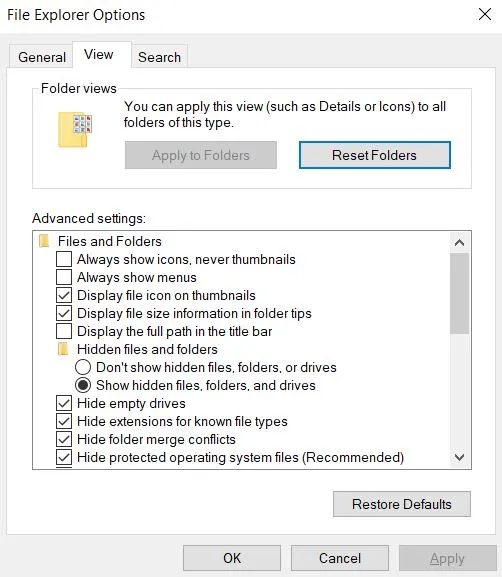
Ready? Let’s hunt.
Video walkthrough for this step:
Delete Traw Dapp Virus Files
Now that you are ready to find and delete Traw Dapp files, let’s do exactly that. There are several locations that you must examine and search for malware data. The first three are:
- C:\Users\YourUsername\AppData\Roaming
- C:\ProgramData\Microsoft\Windows\Start Menu\Programs\Startup
- C:\Users\YourUsername\AppData\Roaming\Microsoft\Windows\Start Menu\Programs\Startup
Go to these directories, search them for suspicious files that look linked to the malware, and delete them. In case you get the “File in use” error, use LockHunter (which should already be installed on your PC). Just right-click the item, then click What’s Locking this file/folder?, and click Delete in the next window.
Next, go to the Temp folder:C:\Users\YourUsername\AppData\Local\Temp
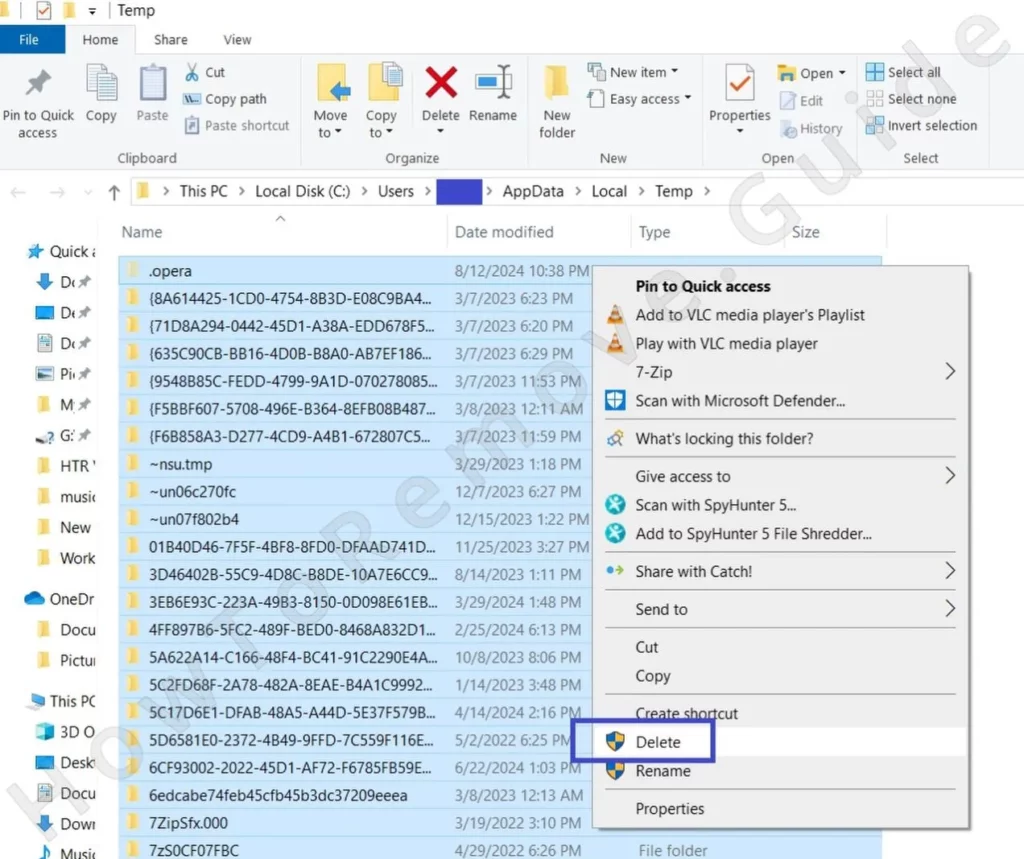
Here, simply press Ctrl + A and then Del to delete everything.
Finally, check both of these folders:
C:\Program Files and C:\Program Files (x86)
Scan for any sub-unusual folders. If it looks out of place, delete it. Be careful, but don’t be afraid to trust your gut.
How to Delete Persistent Files with Lock Hunter
Remove Traw Dapp Malware Tasks From the Task Scheduler
Many malware programs in recent times use a sneaky tactic where they create scheduled tasks that let them launch various processes and even reinstall themselves. To see if this is the case with Traw Dapp, do the following:
Open Task Scheduler (just search for it in the Start Menu). Once you’re in, expand the Task Scheduler Library. Now, this part requires patience. Double-click each task and look under the Actions tab. This tells you exactly what the task is doing.
If it’s running weird scripts or launching programs from folders like AppData or Roaming, that’s bad news. Delete it. Same goes for anything trying to download stuff or access shady websites.
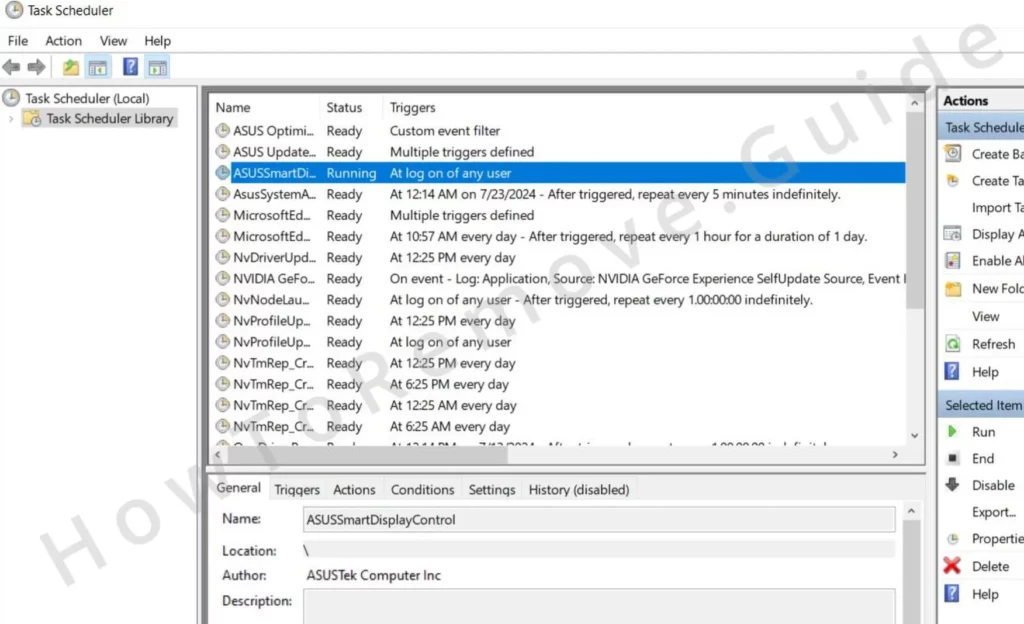
Check every task. Miss one, and Traw Dapp might sneak back in.
Video walkthrough for this step:

Get Rid of Traw Dapp Through the System Registry
It’s almost guaranteed that Traw Dapp has left its mark in the system registry, so you must go there, look for anything malicious and delete it:
Open the Registry Editor (type “regedit” in the Start Menu, and run it as an administrator). Hit Ctrl + F and search for Traw Dapp. Delete any key or value that pops up. But go slow—delete only the bad stuff, not entire folders.
Next, manually check these spots:
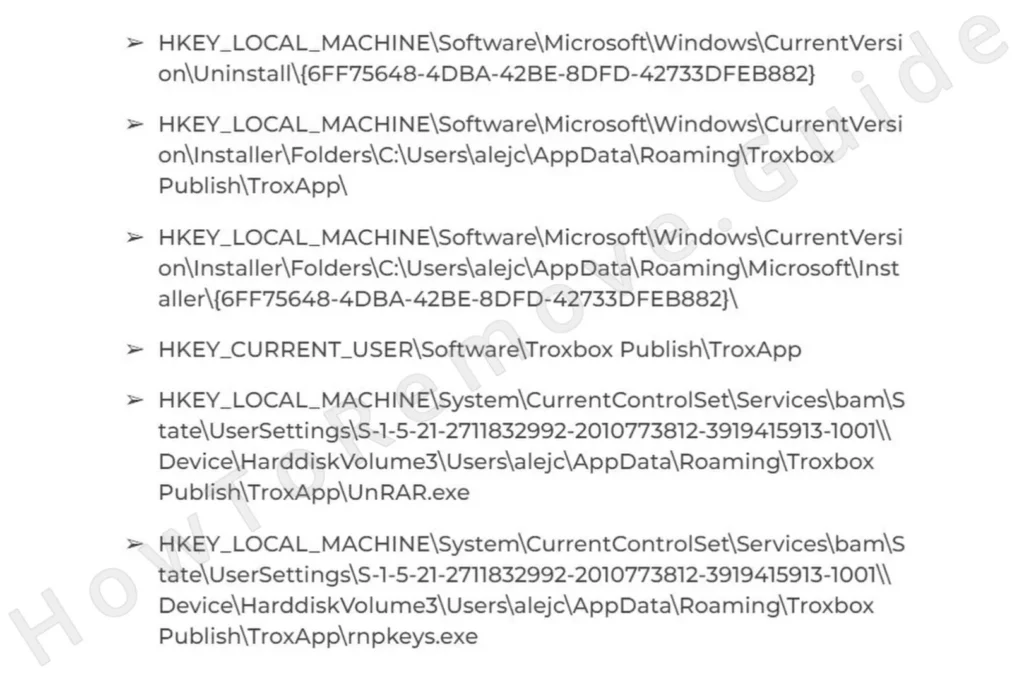
Look for anything off in the right panel and delete it. Here, don’t wipe out the keys themselves (left)—just the suspicious entries to the right.
Video walkthrough for this step:
Remove Traw Dapp Virus Policies
Since adware apps like Traw Dapp often target the browser, I recommend checking each of your browsing programs, and especially your default one, for anything unusual. Open the browser’s menu, and look at the bottom.
If there’s a message that says “Managed by your organization”, that’s not good. Malware might have hijacked your settings. Here’s how to solve this:
Open the Group Policy Editor by searching for it in the Start Menu. Navigate to:
Computer Configuration > Administrative Templates
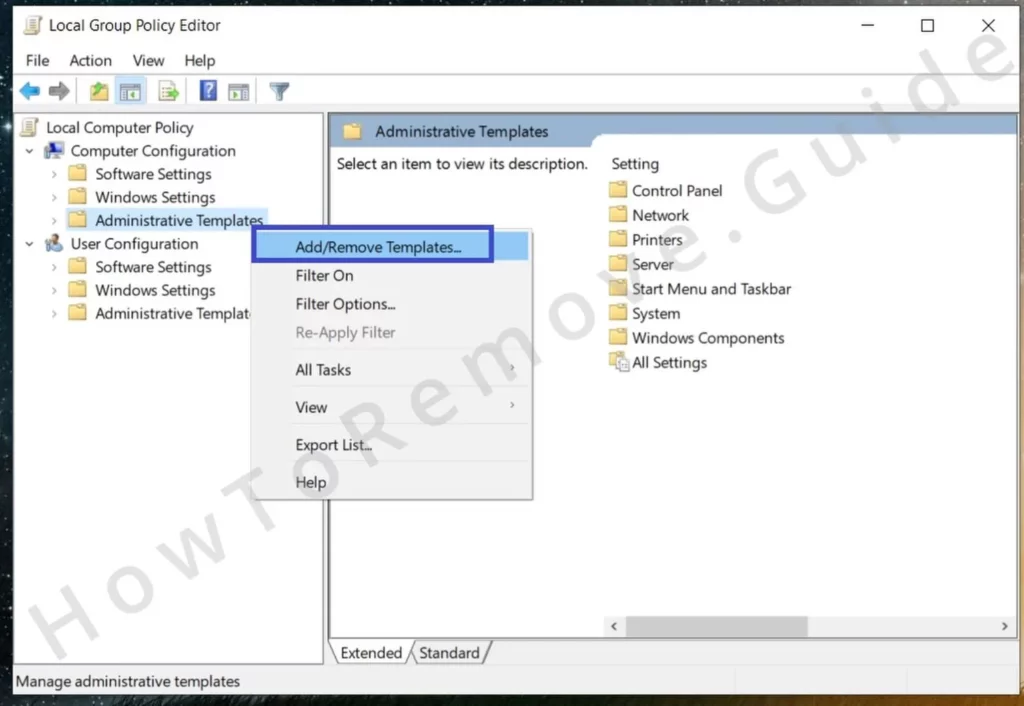
Right-click Administrative Templates and select Add/Remove Templates. See anything weird? Remove it.
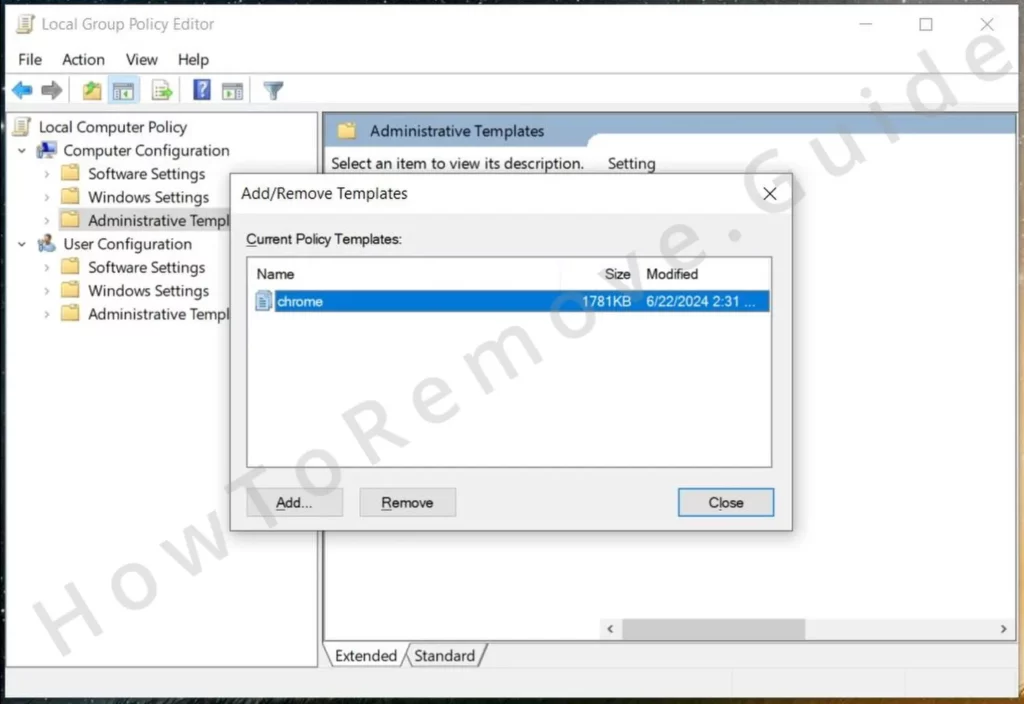
Using Chrome? Download the Chrome Policy Remover. It’s free, safe, and doesn’t need installation. Just run it with Admin rights and let it automatically take care of things. If Windows freaks out with a warning, click More Info and Run Anyway to ignore said warning.
Video walkthrough for this step:
Manual Group Policy Removal
Automatic Group Policy Removal
Uninstall Traw Dapp From Your Browser
The previous step lets you delete rogue policies from the browser so that you can now reverse any changes Traw Dapp has made to its settings. Here are the specific settings areas that you must check:
First, head over to Extensions and uninstall anything you don’t recognize.
Next, in Privacy and Security, clear your browsing data—everything except passwords. Use the All Time range.
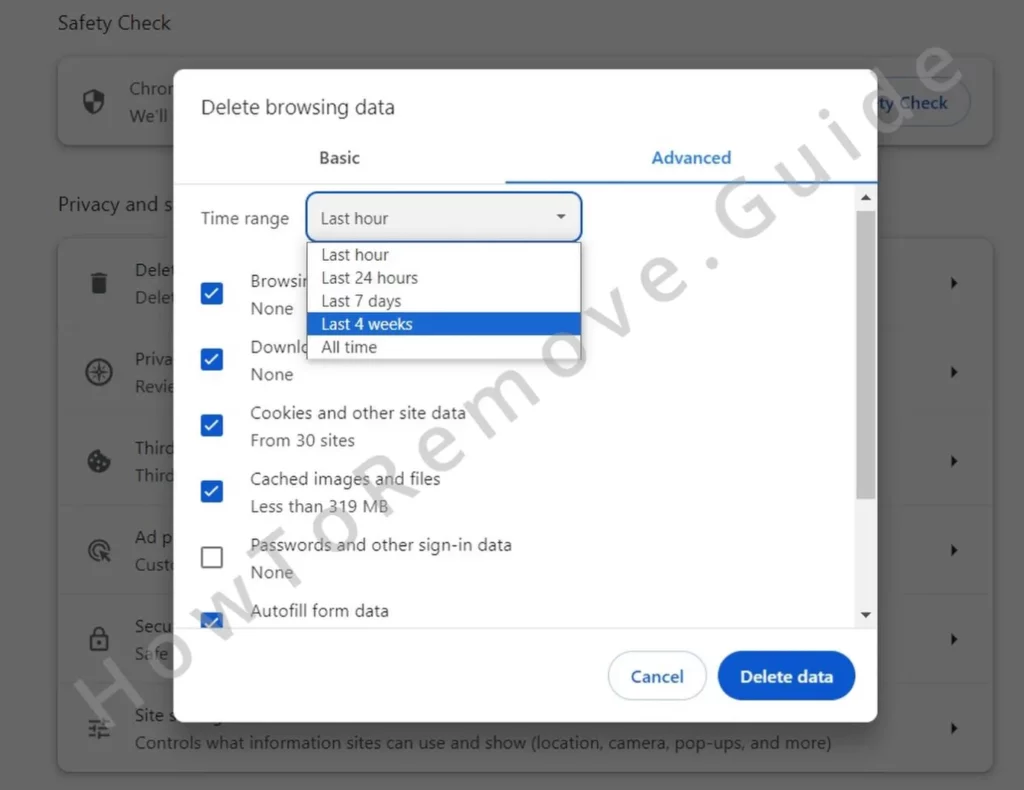
Check Site Settings, check each permission type, and revoke permissions from any shady websites.
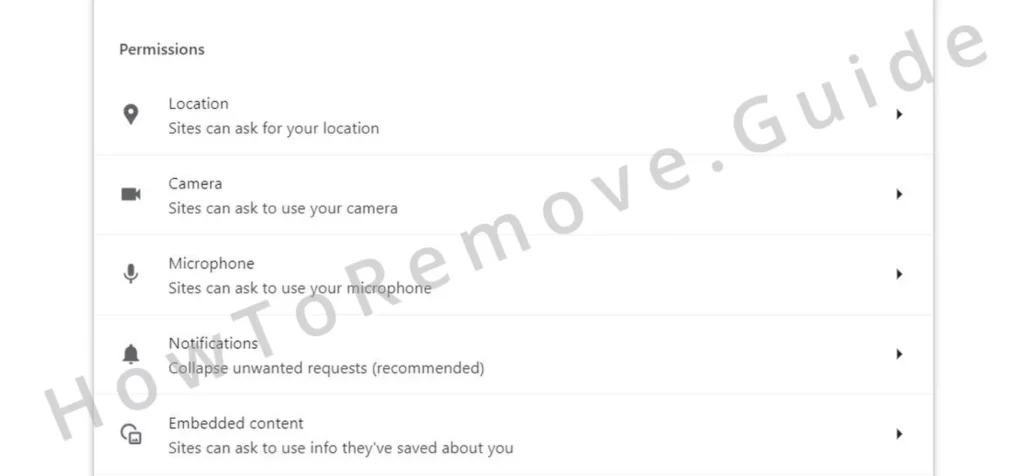
Then, confirm your default search engine is legit. No weird search engines are allowed.
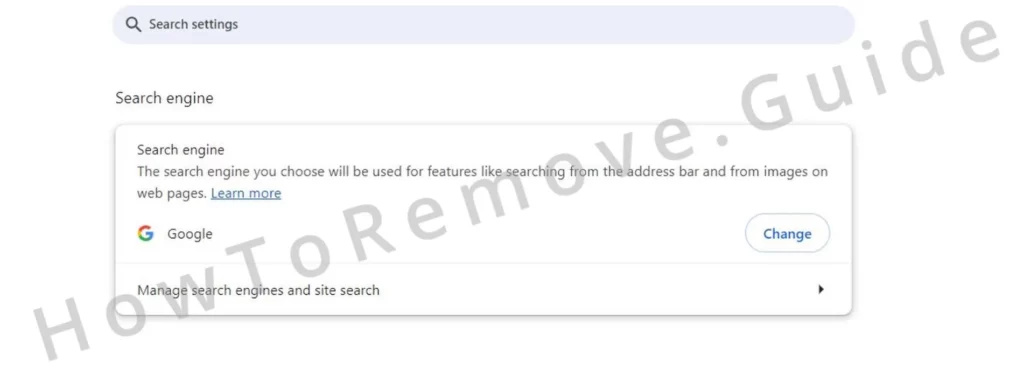
Also, scan the On Startup and Appearance settings—if you see any URLs you didn’t put there, delete them.
Video walkthrough for this step:
Chrome
Microsoft Edge
Mozilla Firefox
Final Thoughts: Stay Vigilant
If you followed every step, Traw Dapp should be gone. But if you still notice anything off, it might be time to call in the big guns. Tools like SpyHunter can dig deeper and clean up what you might have missed.
The best way to stay safe? Be careful online. Don’t download random stuff. Use trusted sources. And maybe think about getting a solid antivirus program—it’s worth it.
Malware is relentless, but now you know how to fight back. Stay sharp. Stay safe.

Leave a Reply